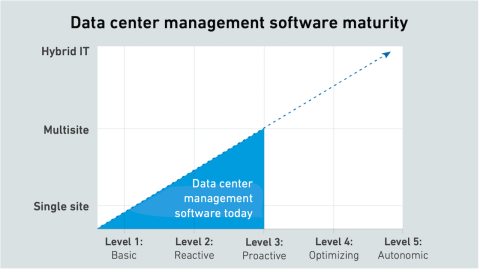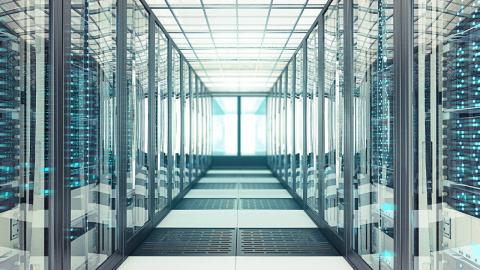Unpredictable costs and "bill shocks" are a growing problem for organizations running their applications and workloads in the public cloud. FinOps could help enterprises analyze, report and optimize cloud and other IT costs.
filters
Explore All Topics
The Uptime Institute Global Data Center Survey 2023 shows that trust in artificial intelligence as a tool capable of making operational decisions has fallen sharply year on year. What is causing this reaction?
Over the next decade, digital infrastructure operations will need to comply with an emerging set of regulatory requirements. Managers can smooth the path to compliance by focusing on business processes and data collection.
Attitudes to critical infrastructure regulation vary across the world, with the regulators and the regulated mostly agreeing about the goal, role and application of new rules. The US, however, remains an outlier.
Few operators compile and report the primary operational data needed to create effective sustainability programs and fulfill regulatory requirements, Uptime research suggests.
Reserved instances are a pricing model for virtual machines offered by cloud providers. As they offer savings of up to 70% compared with on-demand pricing, organizations should use them liberally, especially in challenging times.
Regulatory concerns over security, resiliency and energy use have led to a wave of new and updated requirements for data centers. Organizations are beginning to invest more to achieve compliance.
Industry average PUE has not improved consistently for some years now, according to Uptime Institute's annual survey. However, the headline number may be masking underlying dynamics of meaningful improvements.
Two persistent trends in data center staffing are in apparent tension. The 2023 Uptime Institute Global Data Center Survey confirmed, once again, that operations teams are struggling to attract and retain qualified staff. The severity of this…
The key benefit of cloud computing lies in its on-demand pricing model. This enables organizations to grow or shrink their applications at will without giving the cloud provider any advance notification. Cloud providers can only offer such…
Recent publication of the EU Energy Efficiency Directive Task B and C reports clarify most of the data reporting requirements and set out the preferred policy options for assessing data center energy performance.
The suitability of a data center environment is primarily judged by its effect on the long-term health of IT hardware. Facility operators define their temperature and humidity set points with a view to balancing hardware failure rates against the…
The main payoff is clear: power management's impact on performance is demonstrably low, and in most cases, customers will probably not notice that it is turned on. Even at higher points of utilization, the impact on performance is minimal.
In recent conversations with both regulators and some enterprises, a concept borrowed from the financial sector has been discussed with growing frequency: concentration risk. In finance, the term refers to the level of risk arising from the…
Uptime Intelligence has been providing regular updates and insights on the efforts of the European Parliament and European Commission (EC) to finalize the Energy Efficiency Directive (EED) recast requirements. The directive is the most radical and…
 John O'Brien
John O'Brien

 Max Smolaks
Max Smolaks
 Douglas Donnellan
Douglas Donnellan

 Jay Dietrich
Jay Dietrich

 Andy Lawrence
Andy Lawrence

 Lenny Simon
Lenny Simon

 Dr. Owen Rogers
Dr. Owen Rogers


 Daniel Bizo
Daniel Bizo

 Jacqueline Davis
Jacqueline Davis





